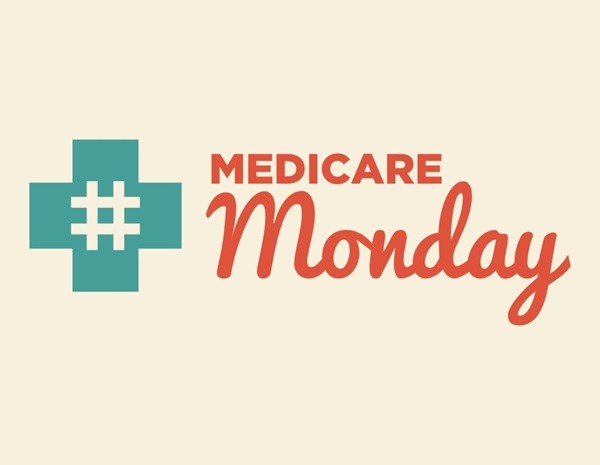
As 2016 comes to a close this week, Medicare Part D wraps up its first decade – and it’s been quite a busy decade. Today, more than 40 million people, including seniors and people living with disabilities, rely on Medicare Part D to access their needed prescriptions. The program has been a success for these beneficiaries, as well as taxpayers. In fact, multiple studies have found about 90 percent or more of beneficiaries are satisfied with their Part D coverage.
Here are some of the ways the Part D program is successfully supporting America’s seniors and people with disabilities.
- Part D expanded coverage to millions of Americans who previously didn’t have access to comprehensive prescription drug coverage. Prior to implementation of Part D, fewer than 6 in 10 Medicare beneficiaries had comprehensive prescription drug coverage. Thanks to Part D, that number has increased to 9 in 10 Medicare beneficiaries. And in 2016, there was an average of 26 Part D plan choices available to beneficiaries in every region. Learn more here.
- Part D continues to offer affordable prescription drug coverage with monthly premiums remaining relatively stable and substantially less than original projections for 2017. And the generic utilization rate for Part D beneficiaries has steadily increased each year, from 84 percent in 2013 to 86 percent in 2015. The program also keeps costs low for taxpayers, with total Part D costs coming in $349 billion less than the initial 10-year projections. Learn more here.
- Part D helps beneficiaries live longer, healthier lives with nearly 200,000 Medicare beneficiaries having lived at least one year longer since Part D was implemented in 2006. And the average increase in longevity for beneficiaries is 3.3 years. This improved health also helps reduce other health care spending through fewer hospitalizations and a reduction in nondrug medical spending for Medicare beneficiaries. Learn more here.
Learn more about Medicare Part D, and read more about what people said would happen with the implementation of Medicare Part D and what has actually happened in the first 10 years of the program.






